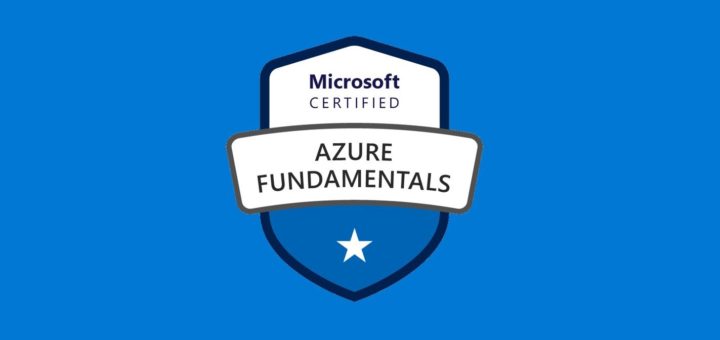Question #66
A user has setup a CloudWatch alarm on an EC2 action when the CPU utilization is above 75%. The alarm sends a notification to SNS on the alarm state. If the user wants to simulate the alarm action how can he achieve this?
- A. Run activities on the CPU such that its utilization reaches above 75%
- B. From the AWS console change the state to ‘Alarm’
- C. The user can set the alarm state to ‘Alarm’ using CLI
- D. Run the SNS action manually
Correct Answer: C
Amazon CloudWatch alarms watch a single metric over a time period that the user specifies and performs one or more actions based on the value of the metric relative to a given threshold over a number of time periods.
The user can test an alarm by setting it to any state using the SetAlarmState API (mon-set-alarm-state command.. This temporary state change lasts only until the next alarm comparison occurs.
Question #67
A user is trying to setup a scheduled scaling activity using Auto Scaling. The user wants to setup the recurring schedule. Which of the below mentioned parameters is not required in this case?
- A. Maximum size
- B. Auto Scaling group name
- C. End time
- D. Recurrence value
Correct Answer: A
When you update a stack with an Auto Scaling group and scheduled action, AWS CloudFormation always sets the min size, max size, and desired capacity properties of your Auto Scaling group to the values that are defined in the AWS::AutoScaling::AutoScalingGroup resource of your template, even if a scheduled action is in effect.
Auto Scaling based on a schedule allows the user to scale the application in response to predictable load changes. The user can also configure the recurring schedule action which will follow the Linux cron format. If the user is setting a recurring event, it is required that the user specifies the Recurrence value (in a cron format., end time (not compulsory but recurrence will stop after this. and the Auto Scaling group for which the scaling activity is to be scheduled. http://docs.aws.amazon.com/es_es/AWSCloudFormation/latest/UserGuide/aws-resource-as- scheduledaction.html
Question #68
A user has setup a billing alarm using CloudWatch for $200. The usage of AWS exceeded $200 after some days. The user wants to increase the limit from $200 to $400? What should the user do?
- A. Create a new alarm of $400 and link it with the first alarm
- B. It is not possible to modify the alarm once it has crossed the usage limit
- C. Update the alarm to set the limit at $400 instead of $200
- D. Create a new alarm for the additional $200 amount
Correct Answer: C
AWS CloudWatch supports enabling the billing alarm on the total AWS charges. The estimated charges are calculated and sent several times daily to CloudWatch in the form of metric data. This data will be stored for 14 days. This data also includes the estimated charges for every service in AWS used by the user, as well as the estimated overall AWS charges. If the user wants to increase the limit, the user can modify the alarm and specify a new threshold.
Question #69
[1]
is inside a bucket named cloudacademy. What does this policy define?
- A. It is not possible to define a policy at the object level
- B. It will make all the objects of the bucket cloudacademy as public
- C. It will make the bucket cloudacademy as public [1]
Correct Answer: A
A system admin can grant permission to the S3 objects or buckets to any user or make objects public using the bucket policy and user policy. Both use the JSON-based access policy language. Generally, if the user is defining the ACL on the bucket, the objects in the bucket do not inherit it and vice a versa. The bucket policy can be defined at the bucket level which allows the objects as well as the bucket to be public with a single policy applied to that bucket. It cannot be applied at the object level.
Question #70
A user is trying to save some cost on the AWS services. Which of the below-mentioned options will not help him save cost?
- A. Delete the unutilized EBS volumes once the instance is terminated
- B. Delete the AutoScaling launch configuration after the instances are terminated
- C. Release the elastic IP if not required once the instance is terminated
- D. Delete the AWS ELB after the instances are terminated
Correct Answer: B
AWS bills the user on as pay as you go model. AWS will charge the user once the AWS resource is allocated.
Even though the user is not using the resource, AWS will charge if it is in service or allocated. Thus, it is advised that once the users work is completed he should:
Terminate the EC2 instance Delete the EBS volumes Release the unutilized Elastic IPs Delete ELB The
AutoScaling launch configuration does not cost the user. Thus, it will not make any difference to the cost whether it is deleted or not.



